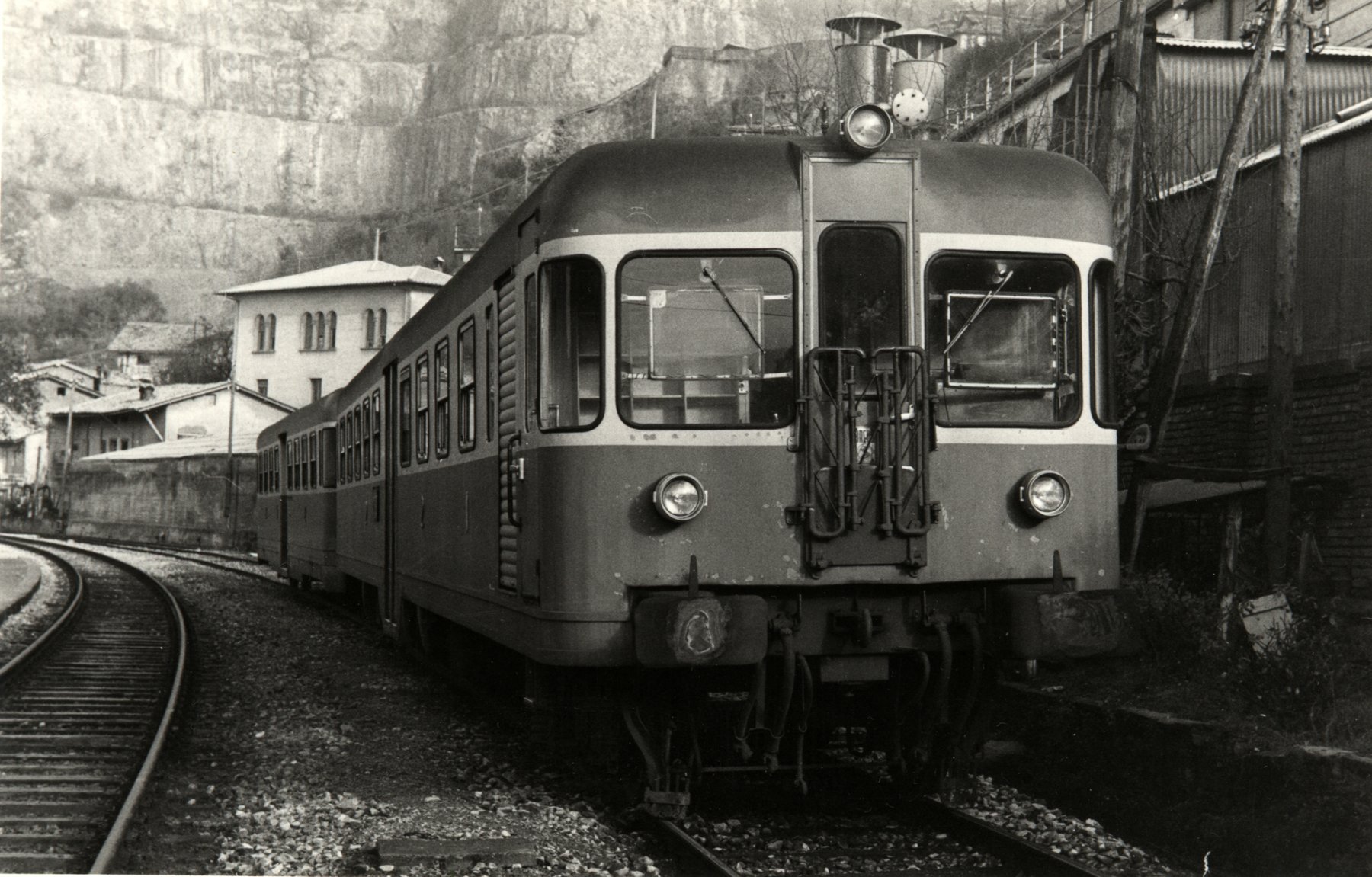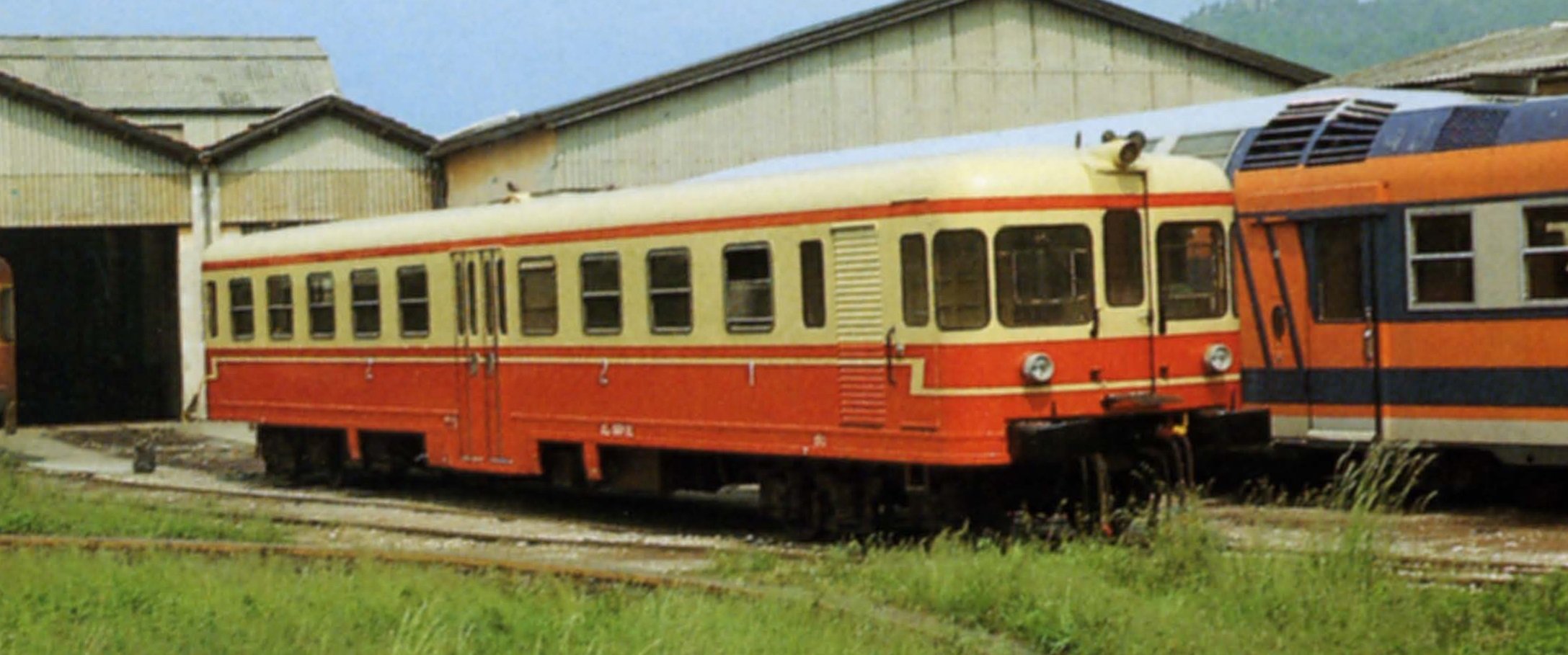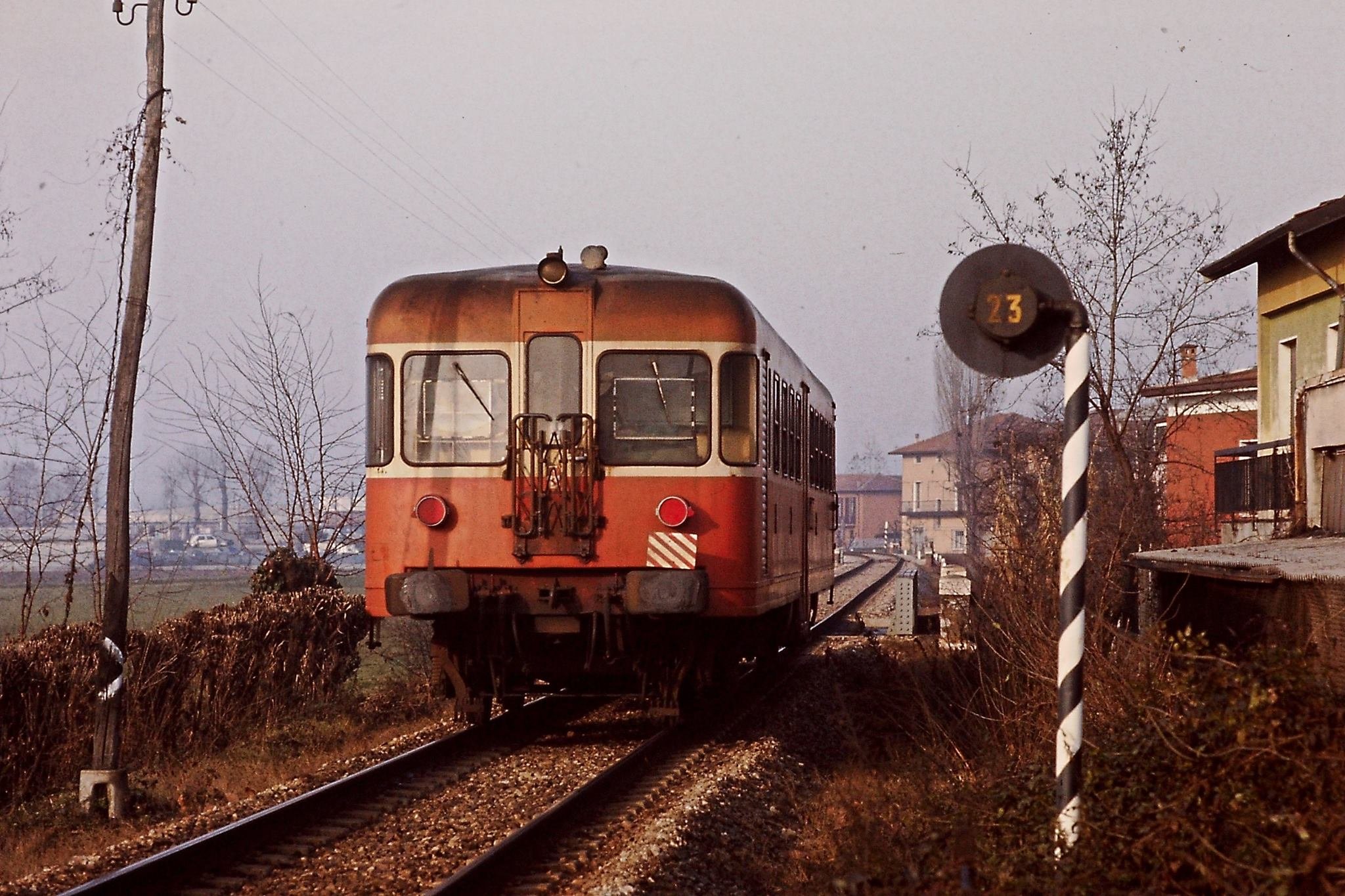At the end of the 1950s, the S.N.F.T. once again faced the necessity of upgrading its fleet, mainly due to the need to replace most of the first generation of diesel railcars which had now reached the end of their working life. It therefore ordered 4 diesel railcars from Breda in Sesto San Giovanni. These were largely the same as those being built for the F.S. of the class 2400 Aln668 type. The same order, also from Breda and again with the aim of upgrading the fleet, included 6 Cne510 type diesel-electric locomotives and 14 hauled units, of which 2 were equipped with baggage and mail cars. Putting this new stock into service made it possible to reduce and eventually eliminate steam traction on the public network, and eliminate the now out-of-date platform carriages. The diesel railcars arrived in Iseo in early 1960, were officially tested for service between the end of July and the beginning of August, and entered regular service on Sunday 4 September 1960.


